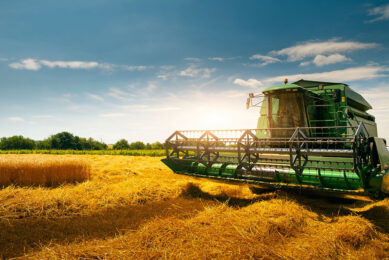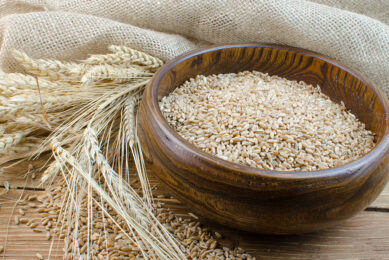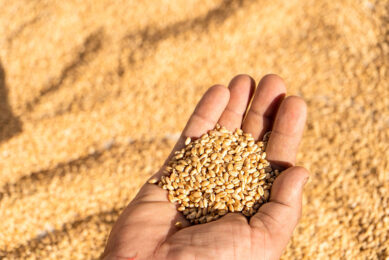Accurate dosing and scaling

Precision agriculture and precision nutrition have become common buzzwords in articles and conference taglines around the world. However, what does that mean for those of us in the feed milling industry, who are challenged with using co-products from multiple industries exhibiting both nutritional and physical inherent variability?
Coping with variations in nutrient content of natural ingredients is a perennial challenge for our industry and simply put, ‘wheat is not wheat, is not wheat.’ We need to know more about what we are working with on a day-to-day basis and adjust formulas accordingly. There are rapid analytical methods available for us to meet this challenge, such as the Multi-NIR inline system from Buhler. The location, timing, and speed of response to these results is critical to maintain the precision we desire. Managing the nutritional variability of ingredients will be discussed in more detail in the upcoming columns.
Weighing and combining ingredients precisely
There is a wide range of physical characteristics in products available on the market today, ranging from fine powders (e.g. biochar, starches and dairy co-products) to long, stringy fibrous materials (e.g. oat hulls, cottonseed hulls and straw co-products). All ingredients have to be weighed and combined precisely in order to produce a homogenous product. Grains and oilseed meals can be managed with screw dosing systems. However, free-flowing powders will require additional mechanisms to prevent unwanted flow (e.g. baffles at the end of the dosing screw), while light, bulky ingredients will need more persuasion to keep them moving (e.g. live bottom bins or vibratory systems). The speed of response from the load cells, to the operator or control system, to a dosing element, must be rapid to prevent inaccuracies. The importance of training and maintenance, as with most aspects of modern feed production, cannot be over emphasised.
Flexibility to meet industry challenges
Fortunately, at the Canadian Feed Research Centre, we have the flexibility to meet these industry challenges. In our pilot plant we have a range of scaling capacity. From the 3,000 kg scale down to a laboratory scale with the ±0.1 g accuracy. The issues we face remain the same as in industry: matching the corresponding ingredient mass to the size of scale and bins available. We employ a minimum 4% of scale capacity as the threshold before moving to a smaller scaling system. Inevitably, this means that we may have the same ingredient in more than one location. While the arrangement is an apparent misuse of available bin resources, it is essential in achieving the required level of accuracy for precision feed manufacturing.
Join 26,000+ subscribers
Subscribe to our newsletter to stay updated about all the need-to-know content in the feed sector, three times a week. Beheer
Beheer









 WP Admin
WP Admin  Bewerk bericht
Bewerk bericht